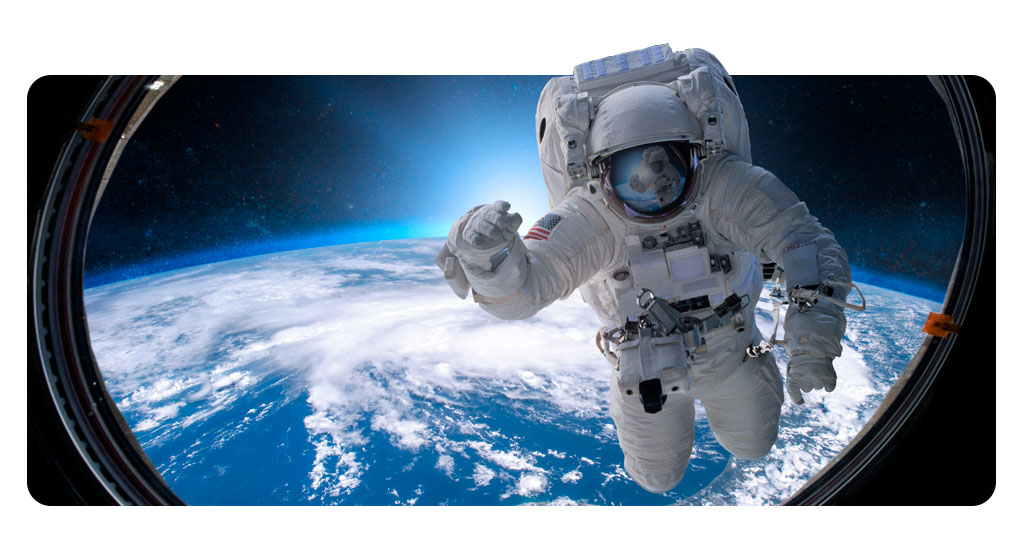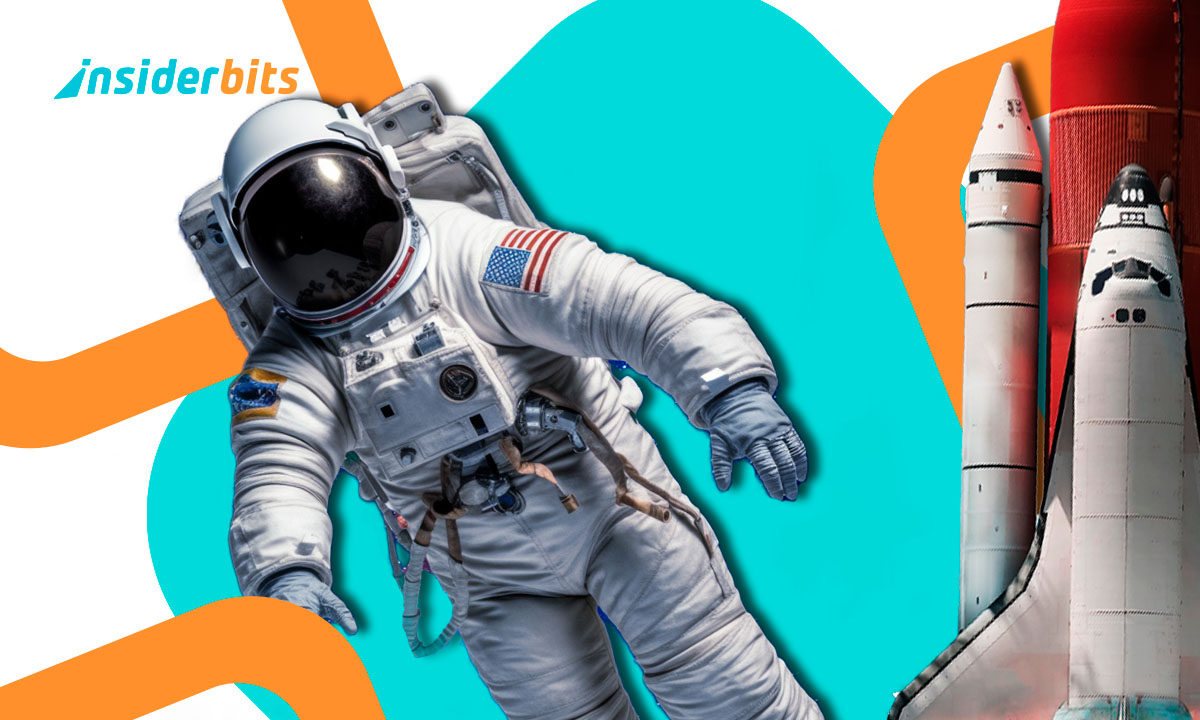Long-term space missions are no longer the stuff of science fiction. This is already an active field of study with real human consequences. As humanity prepares for deeper space exploration, we all need to understand how microgravity and isolation can affect the body and why it has become a priority for space agencies worldwide.
Until now, there’s only one truth: the human body was never designed to live beyond Earth. As we move closer to longer missions and distant destinations, we’re beginning to grasp the full cost of leaving behind daylight and the biological rhythms that sustain us. What happens to the human body and mind in space is no longer speculation. And the answers may decide how far we’re truly able to go.
How Long Missions Affect Us: The Science Behind It
Living in space for weeks or months places stress on nearly every system in the human body.
Without gravity, fluids shift toward the upper body, creating pressure on the brain and eyes that can alter vision over time.
Some of the symptoms are often experiencing changes in circulation, sleep cycles, and metabolism as their internal systems attempt to adapt to a weightless environment.
Even basic activities like standing or walking become complex after returning to Earth.
The absence of gravity leads to measurable changes in body composition and immune function.
Each of these factors adds to the challenge of maintaining health far from home.
Studies from NASA and the European Space Agency continue to collect data, building protocols to preserve astronaut health in future missions beyond low Earth orbit.

What Happens to Muscles, Bones and the Brain in Space
In microgravity, muscles begin to shrink noticeably due to the lack of resistance, especially in the legs, back, and core, regions that play a central role in posture and movement under Earth’s gravity.
Even with strict exercise routines, astronauts experience a degree of muscle atrophy that would be considered clinically significant on Earth, making post-mission recovery a demanding process.
Bone density also drops rapidly, since the skeletal system no longer bears weight or undergoes the usual mechanical stress that maintains bone strength.
This leads to higher risks of fractures and long-term bone loss, particularly in the hips and spine, requiring months of rehabilitation to reverse.
The brain is not immune to these effects. MRI studies have shown fluid shifts and changes in brain structure that can impact visual orientation and motor coordination.
Some of these alterations may persist for weeks or months after returning to Earth.
These combined physiological changes reveal how unprepared the body is for life in space. Recovery becomes a critical phase that determines how well astronauts reintegrate once they’re back on solid ground.
Why Astronauts Face Psychological Challenges in Orbit
Beyond the physical strain, long-duration space missions carry a significant emotional and psychological burden. The combination of tight living quarters and limited privacy adds to the mental fatigue that builds over time.
One of the most persistent challenges is emotional isolation.
Being separated from family and friends for months, coupled with the absence of natural elements like weather, open skies, and greenery, can lead to feelings of disconnection.
Over time, this emotional distance may result in anxiety or even depressive symptoms.
Sleep quality also deteriorates in space. Without a natural 24-hour day-night cycle, leading to irregular sleep patterns and reduced melatonin production.
Consequently, poor sleep affects mood and physical performance, compounding the stress of an already demanding environment.
To address these issues, space agencies implement a variety of support systems.
Regular video and audio contact with loved ones, exposure to virtual views of Earth, and carefully structured daily schedules help maintain a psychological balance.
Technologies That Monitor Health in Zero Gravity
Space agencies now rely on an array of advanced technologies to monitor astronaut health continuously and in real time
For instance, wearable biosensors play a central role in this process, collecting data on heart rate, sleep cycles, hydration levels, and muscle performance.
These devices function around the clock, providing a detailed picture of each astronaut’s physical status.
To counteract the effects of microgravity, astronauts use specially designed exercise equipment, such as resistive bands, stationary bikes, and compact treadmills anchored to the spacecraft.
Lastly, new approaches are also being explored to protect mental health. Virtual reality programs are being tested to simulate Earth-like environments, offering sensory relief and emotional comfort.
Can We Prepare the Human Body for Deep Space Travel?
Preparing for deep space travel means going beyond adaptation.
It requires preemptive strategies to strengthen the body before launch. Resistance and survival training, high-protein diets, and sleep routines are already part of astronaut preparation programs.
New research explores pharmacological support and personalized medicine to reduce risks during extended missions.
Psychological readiness is equally critical. Simulations of isolation, which is one of the biggest issues concerning space travel, are part of training programs designed to boost emotional endurance.
Each advancement brings us closer to making long-duration spaceflight not just possible, but sustainable for the human body.
Space Travel and the Body: How Long Missions Affect Us – Conclusion
Space exploration pushes the human body into unfamiliar territory, exposing vulnerabilities in muscle, bone, cognition, and emotion. Yet, it also reveals how adaptive we can be when science and technology align.
From orbital labs to simulated Mars habitats, we’re learning how to protect and support the body in ways that would’ve once seemed impossible.
Understanding the effects of space on the human body becomes essential for human society to thrive among the stars.
Correlato: Turismo spaziale pionieristico nel 2025: Avvicinare il cosmo
Enjoyed this article? Save the Insiderbits blog to your favorites for the latest tools, creative tech tips, and photo editing breakthroughs!





